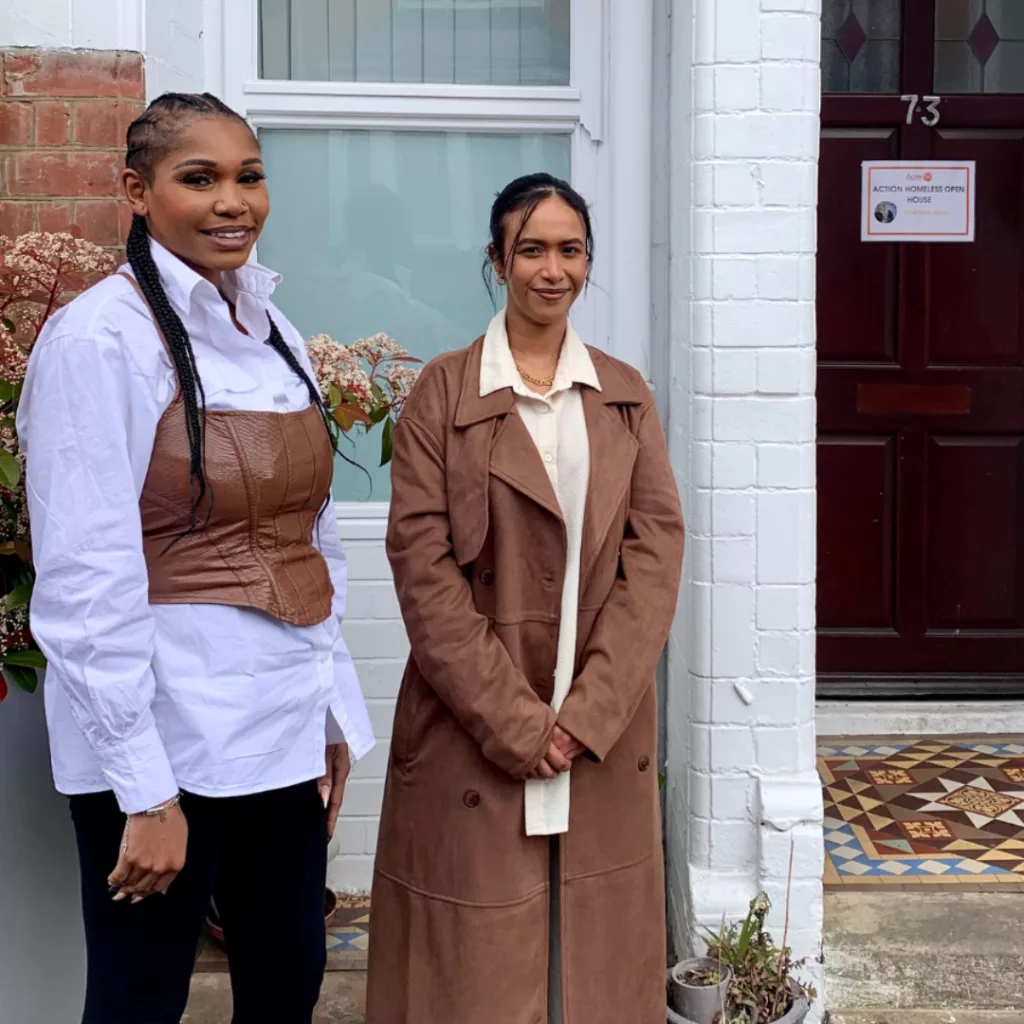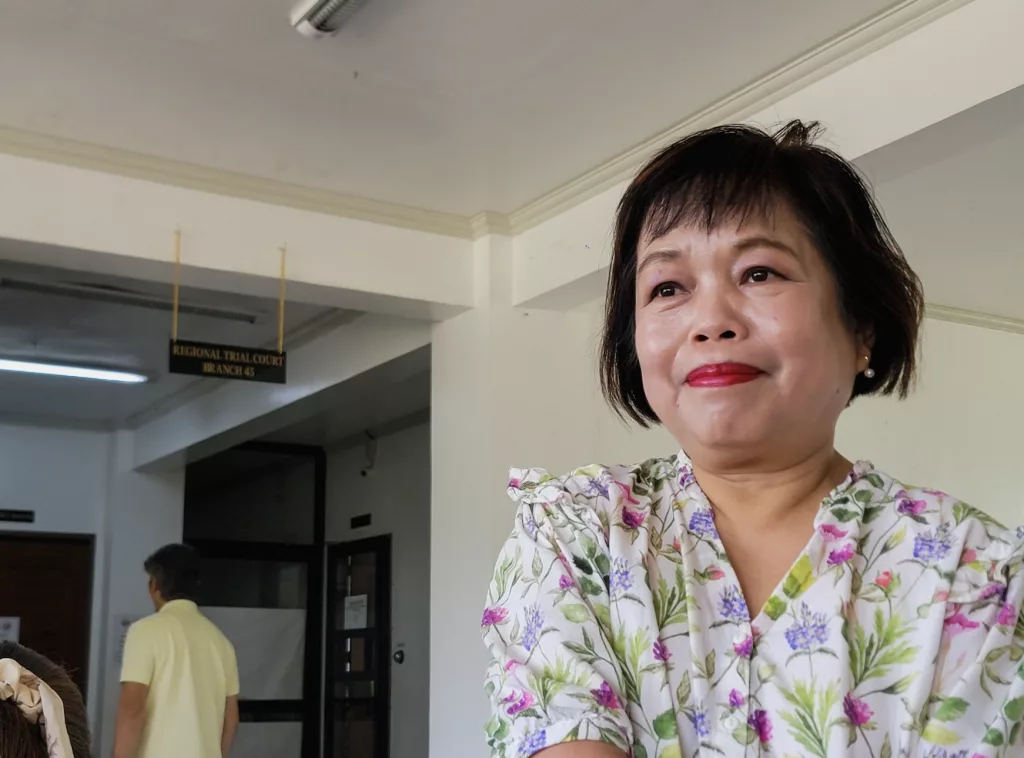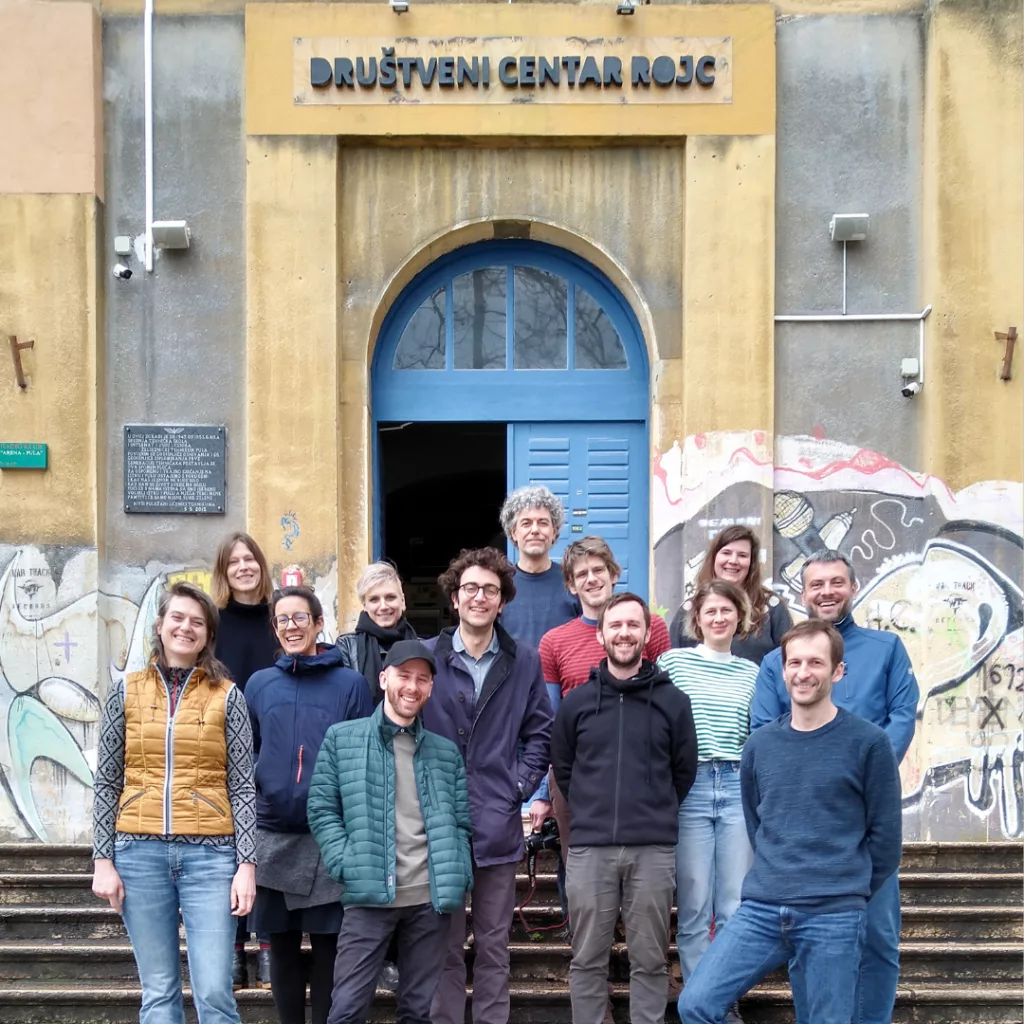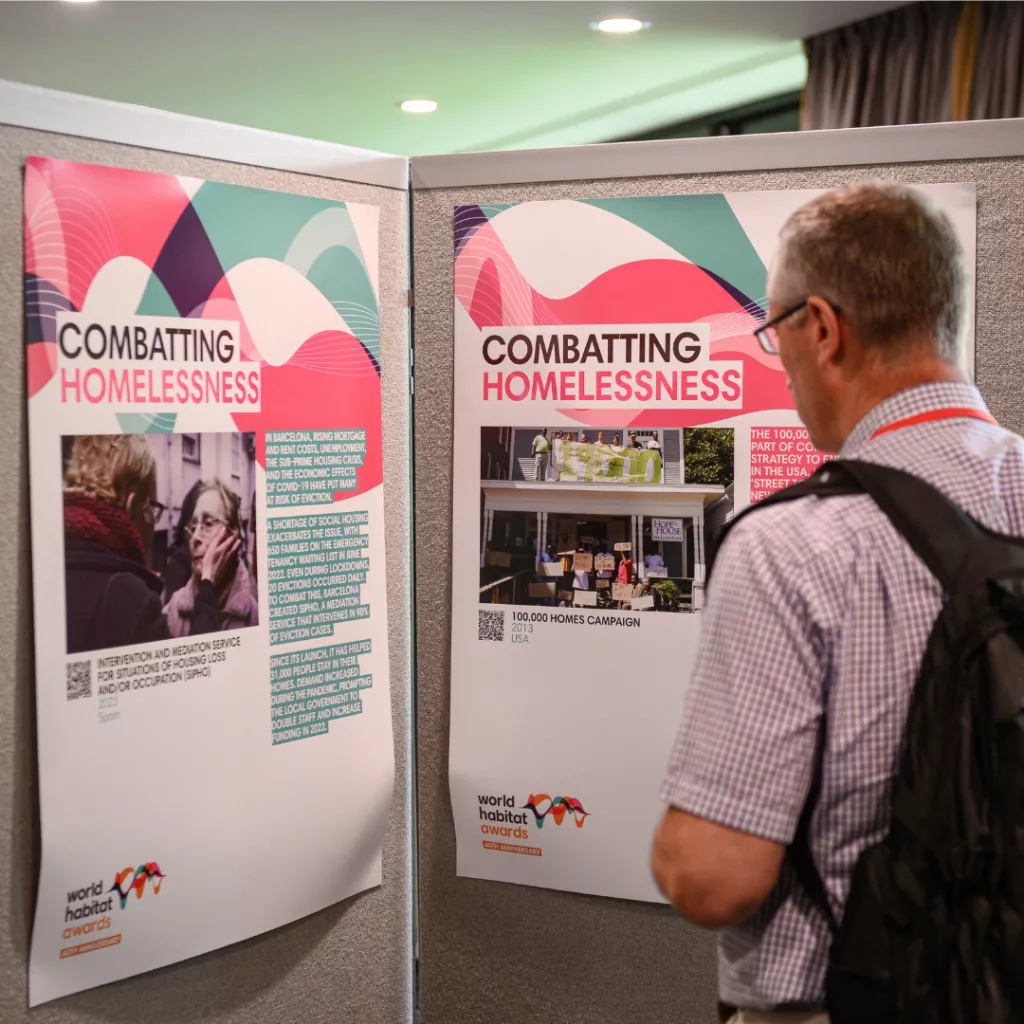In this month’s blog, David Ireland, CEO of World Habitat weighs up how much progress has been made against the Sustainable Development Goals (SDGs), and in particular Goal 11 with its vision to make cities and human settlements inclusive, safe, resilient and sustainable. He asks whether the SDGs are under threat from increasingly fractured political consensus, and what alternative approaches might help deliver their shared vision for global prosperity.
Ten years ago, world leaders gathered at the United Nations General Assembly and agreed on a bold and hopeful plan: the Sustainable Development Goals. These goals aimed to tackle the world’s biggest problems from poverty and hunger to climate change and inequality by 2030.
Housing was one of the key issues included. The goal was simple but ambitious: make sure everyone has a safe, adequate, and affordable place to live.
Today, with just over five years left to meet that deadline, it’s time to ask: how far have we come, and what comes next?
What Are the Sustainable Development Goals?
In 2015, 193 UN member countries agreed to work together on 17 global goals that would create a fairer, greener, and more peaceful world. Unlike the previous set of development goals, the SDGs apply to every country, not just those with lower incomes. Looking back now, what a comprehensive list it is. It’s hard to argue that the world wouldn’t be an infinitely better place if we had: no poverty, no hunger, good health and education for everyone, gender equality and reduced inequality, clean water, affordable clean energy, sustainable economic growth, resilient infrastructure, safe and sustainable places to live for all, sustainable consumption and production, urgent action to tackle climate change, conserved ecosystems, peace and justice, international cooperation. Top of Form
The goal for housing aims to “ensure access for all to adequate, safe and affordable housing and basic services and upgrade slums, by 2030”.
This means that everyone should be able to live in a home that is strong and secure, not overcrowded, has clean water and sanitation, is protected from eviction, is affordable, well-located, and suited to people’s needs.
What progress has been made?
Achieving the goals was always going to be far more difficult than agreeing what they should be. This year the United Nations published a report on progress against all the indicators. It makes sobering reading. It finds that only 18 per cent of the SDG targets are on track, nearly half are showing minimal or moderate progress, and in a third progress has stalled or even regressed.
There is some good news however: Child mortality, malaria and HIV infections have significantly reduced. There have been improvements in access to water, sanitation, energy, and mobile broadband. But it finds that housing affordability has reached crisis levels amid rapid urbanisation. With somewhere between 1.6 and 3 billion people worldwide living in inadequate housing.
Although homelessness is not directly measured by the SDGs, the data shows a reversal on the long-term trend of decreasing homelessness in most countries in recent years. In the United States for example, levels of homelessness increased 33% between 2020 and 2025.
What is going wrong?
The report acknowledges that a number of global crises have not helped progress. Covid, the energy crisis, and geopolitical instability has led many countries to redirect expenditure to securing their economies and defences. Some economists believe that measures such as quantitative easing, employed by many countries to maintain their economies in times of crisis, has made housing affordability worse.
There has also been a fraying of the global consensus. In March, the USA formally rejected all 17 of the SDGs and no longer participates in efforts towards the goals. Its withdrawal hasn’t been followed by other countries, but it puts political momentum and diplomatic engagement at risk. The USA’s closure of USAID also cut off the largest source of international funding used for meeting the goals.
The good news
The way a trend appears depends on the timeframe. What looks like a dramatic downturn over a short time period, could be more like a small dip when looked at from a wider time perspective. The longer-term trends in housing are much more positive. The proportion of the world’s population living in slums has reduced from over 30% to under 25% since 2000. The state of Odisha in India for example has improved living conditions for 1.7 million people. However, globally there has been an increase in the overall numbers of people living in slums. That’s because more people have moved into cities and the world’s population has increased.
There has been a big improvement in housing quality in most developed countries. Homes are in better repair and more have good quality bathrooms and kitchens. For example in the UK the proportion of non-decent homes fell from 35% in 2006 to under 15% in 2022
The proportion of homes with access to electricity has risen from 73% in 2000 to 92% today. The reliance on fossil fuels is unsustainable and harmful to the planet, but renewable energy is becoming cheaper, more reliable and more efficient. Innovative ideas like Liter of Light from the Philippines have enabled low cost clean energy to spread much more quickly to low income households.
What’s next?
The hard truth is that most of the SDGs are off track, and many are unlikely to be fully achieved by 2030. Yet, if the SDGs are viewed not as strict pass-or-fail targets, but as aspirational benchmarks, the progress made so far takes on a more positive light. The goals have influenced the agendas of governments, institutions, and corporations worldwide. Their true legacy may lie not in solving every global challenge, but in establishing a shared understanding of what matters most.
The key question now is: what happens after 2030? Will a new set of global goals be agreed upon, and if so, what might they include? Reaching political consensus could be far more difficult this time. In 2015, nearly every country, except for a few small nations, endorsed the SDGs. Today, however, the rise of nationalist governments and growing scepticism toward international institutions threaten the prospects for global agreement.
There is still room for hope. The SDGs have created a global framework that has focused attention and inspired action. Grassroots community-based movements, youth activism, innovation in technology, and the growing role of the private sector all point to a future where progress doesn’t rely solely on top-down government agreements. At World Habitat, we have seen that where systems fail, communities have taken action, often with remarkable impact. Just take a look at these examples.
As 2030 approaches, there is also an opportunity to rethink how global goals are shaped, perhaps with greater flexibility for each country to focus on its own priorities. After all, nations have diverse realities, challenges, ambitions and are at different stages of development, so why not tailor and focus the commitments too?
Whatever the future brings, it must be built upon a shared understanding and ambition that, despite its missteps and failings, the world can over time become a fairer, healthier, greener place. The SDGs remain perhaps the strongest collective framework we have for pursuing that vision.
You may also like – Liter of Light, Odisha and Energiesprong




